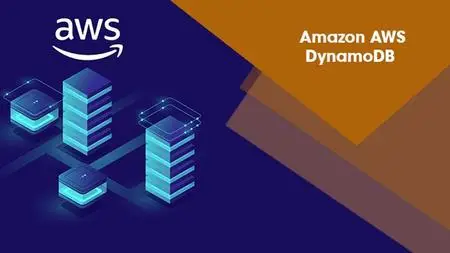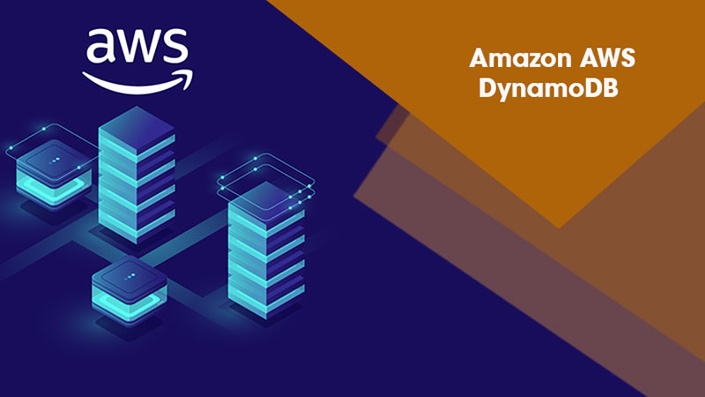Amazon AWS DynamoDB
.MP4, AVC, 1920x1080, 30 fps | English, AAC, 2 Ch | 4.5 Hours | 1.43 GB
Instructor: Manuj Agarwal
.MP4, AVC, 1920x1080, 30 fps | English, AAC, 2 Ch | 4.5 Hours | 1.43 GB
Instructor: Manuj Agarwal
Today, enormous amount of data is getting generated from everywhere. All these years, for storing and handling huge amounts of data, the IT world has been dependent on the Relational Database Management Systems or RDBMS. However, around 80 to 90 percent of this generated data is in the unstructured form such as presentations, texts, audio/video files, photos and various forms of business documents. RDBMS is proving to be insufficient to handle the unstructured data that is being generated with the exponential rate.
Since the amount of unstructured data is growing so rapidly, there is a need to store and harness the benefits of this huge amount of data. So what is the solution? Where can you store such huge amount of unstructured data? A new category of Database called NoSQL Database presented a solution to this problem by providing possibilities beyond the traditional relational approach that was followed by RDBMS. NoSQL Databases can be used to easily store and process unstructured data. DynamoDB is one such NoSQL database. It is fully managed NoSQL Database service provided by Amazon, where you can create database tables that can store and retrieve huge amounts of data.
Opportunity Is Knocking
Just look at these amazing numbers:
According to alliedmarketresearch NoSQL Market is expected to garner 4.2 billion by 2020, registering a CAGR of 35.1% during the forecast period 2014-2020.
NoSQL is a database technology driven by Cloud Computing, the Web, Big Data and the Big Users. NoSQL market grew $14 Billion in 2013-2018 according to cloudave.
More than 100,000 AWS customers have chosen DynamoDB for mobile, web, gaming, ad tech, IoT, and many other applications needing low-latency data access.
NoSQL now leads the way for the popular internet companies such as LinkedIn, Google, Amazon, and Facebook
According to bureau of labour statistics, Employment of database administrators is projected to grow 11 percent from 2016 to 2026, faster than the average for all occupations.
According to recent data from indeed, the average salary for an AWS Database Administrator is $86,208 per year in the US.
Based on a report by the Information Communications Technology Council (ICTC), Canada will have to fill 182,000 IT professionals by 2019.
There is already a serious shortage of hireable database administrators and engineers, and this gap is growing rapidly. Simply put, there’s a massive opportunity for people like you to equip yourself with the right skillset so that you can:
Join talent-hungry large fintech companies or start-ups and be at the forefront of global innovation
Launch unique businesses or application development services for the next generation
Enjoy plush paying cool projects powered by DynamoDB Database
Whatever your choice may be, AWS DynamoDB is going to be YOUR KEY to financial success and growth and for the success of the community as a whole!
Why AWS DynamoDB?
Over the years NoSQL Databases have become very popular. DynamoDB is a very popular NoSQL database and can be used for a variety of application workloads. It can be anything - a web application, or a backend application, or a mobile application. It is completely managed by AWS. So you can offload all your administrative workloads to DynamoDB.
Therefore, most companies are using DynamoDB to power their products at scale. It is used by a huge number of AWS customers for mobile, web, gaming, ad tech, IoT, and many other applications that require a low-latency data access. Big companies like Netflix, Expedia, Comcast and Redfin are using DynamoDB as their NoSQL database storage. So that's why it's very important to learn DynamoDB, which is one of the most popular NoSQL databases.





